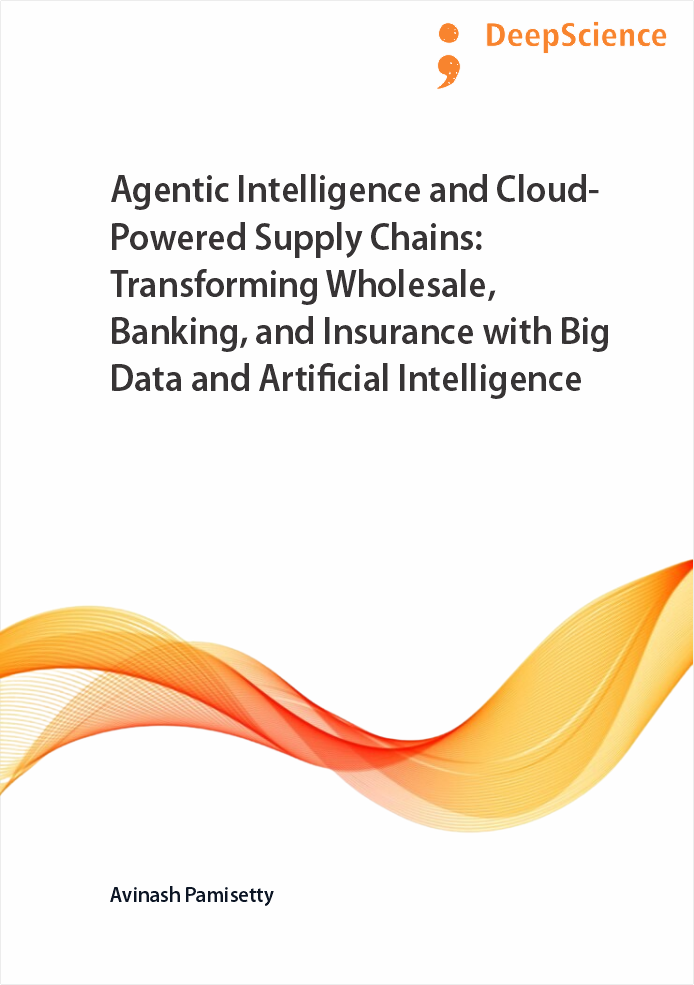Architecting big data infrastructure for scalable insights in national food service and distribution networks
Synopsis
The global food industry is estimated to reach $8,994 billion by 2021. In developed countries, where the food industry contributes over 10% of the total GDP, a considerable amount of attention is devoted to ensuring safe and sustainable food. Furthermore, food safety and security vulnerabilities are raised as a transcultural issue that affects peoples’ wealth and peace. Because of that, promoting safety and security of the food system has gained priority in discussing transnational governance in the future. As consumers’ desire for high-value products increases, there is an increasing need for a systematic framework enabling efficient configuration, management, and coordination of improvement goals, entities, and collective actions in the food system. Reaching trusted quality in food service raises a number of complex technical challenges that concern transnational modeling of design, adaptation, and control of interactions in the food chain and markets. Irregular, unpredictable disturbances play substantial roles and particularly hard to address: transnationally distributed operational and managerial units implementing individual control actions based on local knowledge and data; proprietary, non-shared data and processes that render global knowledge mapping impractical; and intermittent, multi-resolution feedback signals arising from interlaced systems of multiple control loops. All of these result in a need for approximative methods that can simulate and analyze environmental performance of the larger system independently and in reasonable approximation.
There exist five main ways to leverage big data to benefit the food network. Firstly, creating transparency of data. Transparency of data drives transformation, increases productivity and leads to informed decision making. For instance, providing transparency of food distributions could allow distributors to identify scale economies, competition effect, and even attributes of the enlisted food products. Food retailers and distributors could be brought together to exchange data on their service areas to engage in collaborative logistics initiatives. Secondly, enabling experimentation to identify anomalies, detect fraud and intelligence, and improve performance. Thirdly, micro-segmentation to customize actions. Fourthly, replacing/supporting decision making and data analyzing with automated algorithms. Finally, the exploitation of big data can lead to the innovating of a new business model, product, and service. The emergence of smart sensors and monitoring devices generates unprecedented amounts of data and illuminates new business opportunities for food networks.












